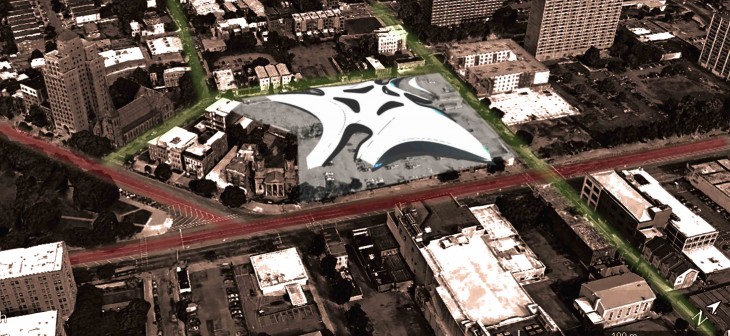Towards Hyper Region
• Rapid growth of population
• high density in Hub
• Leads to competition of limited resources for survival
• Social Heterogeneity
• Larger the settlement, the greater the variety of people
• More freedom to pursue “different” things
• Unusual jobs, homosexuality, cultural interests
• More accepted in large urban areas
• Despite freedom, many feel lonely or isolated in urban settlements
• Surrounded by indifferent people.

Edge cities can be break down as peripheral residences, gas station, & other services develop over time to established shopping centers and malls, then light manufacturing centers, Often developed around nuclei of attraction. These become edge cities.
Alternate explanation
Original communities grow with increasing pop. density and density gradient which is change in density with distance.
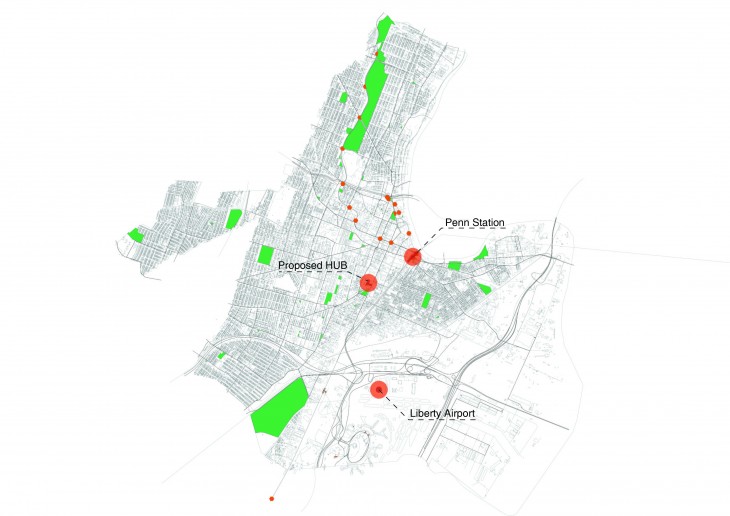
Once high, with CBD and nearby regions densely populated.
Decay and urban blight ->suburban flight, ->smaller cities farther out
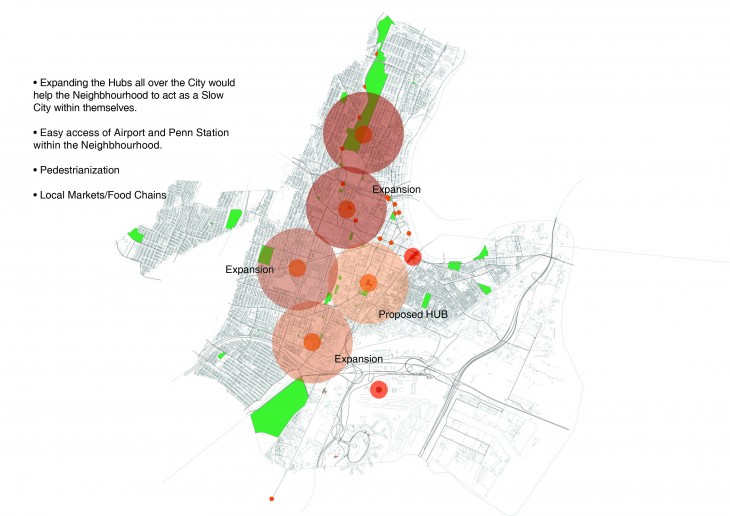
Understanding the Principles of Slow City
• Urban revitalization
• Promotion of organic agriculture
• Banning of genetically modified foods and organ isms
• Historic preservation
• Alternative energy systems
• Preservation of local tradition and heritage
• Building awareness of the local citizens for the Slow City goals
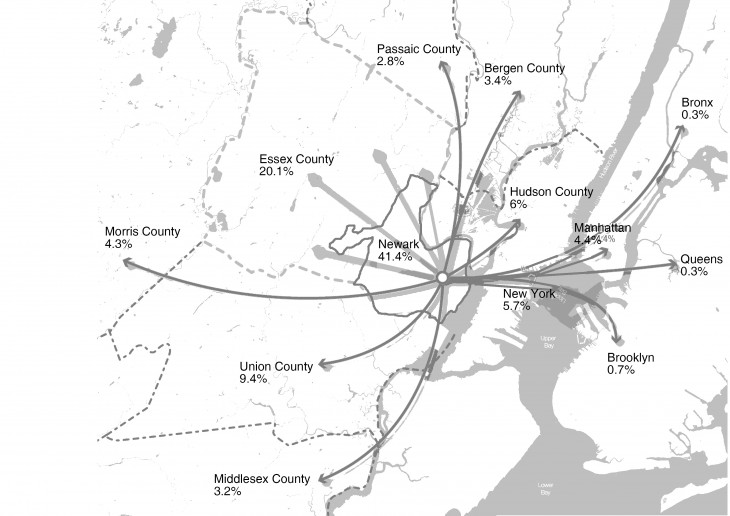
Influential Factors are :
• Public Transport system
• Food
• Culture & Heritage
• Lifestyle
• Leisure activities
• Availability of Basic Amenities
Targets to be focused are :
• Slow Food vs Fast Food
• Sustainable Transportation
• Ensuring availability of basic amenities within close proximity
• Optimum Energy Consumption
• Conservation of Local Tradition & Heritage
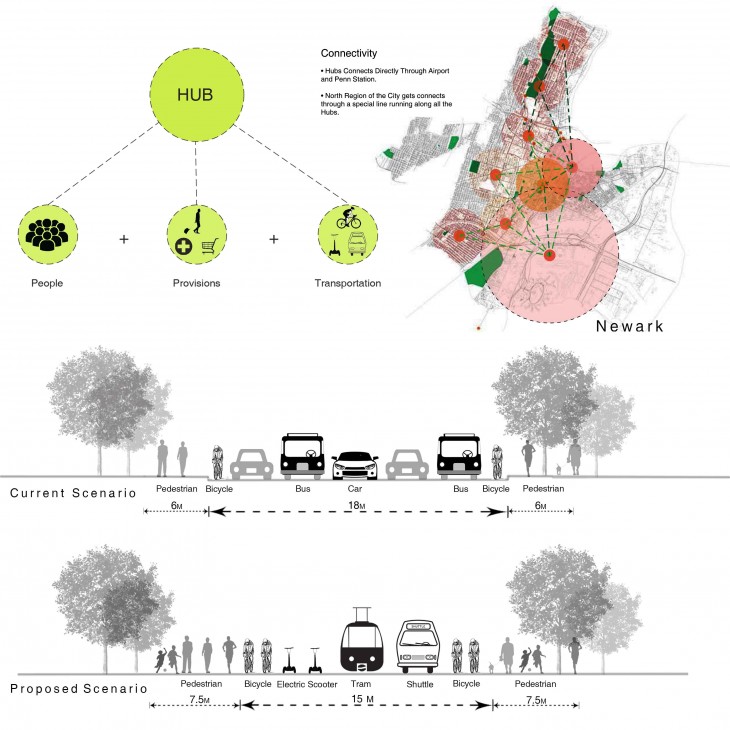
Objectives :
The INTROVATION OF ONE TO ONE INTERACTION FROM THE CONCEPT OF SLOW CITY AGEDA WHERE THE FOCUS IS ON PROMOTING THE CUILTURE AND HISTORY OF LOCAL HANDICRAFT AND LOCAL FOOD.
IMPOVISATION OF PEDESTRIASTION AND ENCOURAGING ECO MODE OF TRANSPORTATION SYSTEM IN THE 1.0 KM FOOTPRINT.
